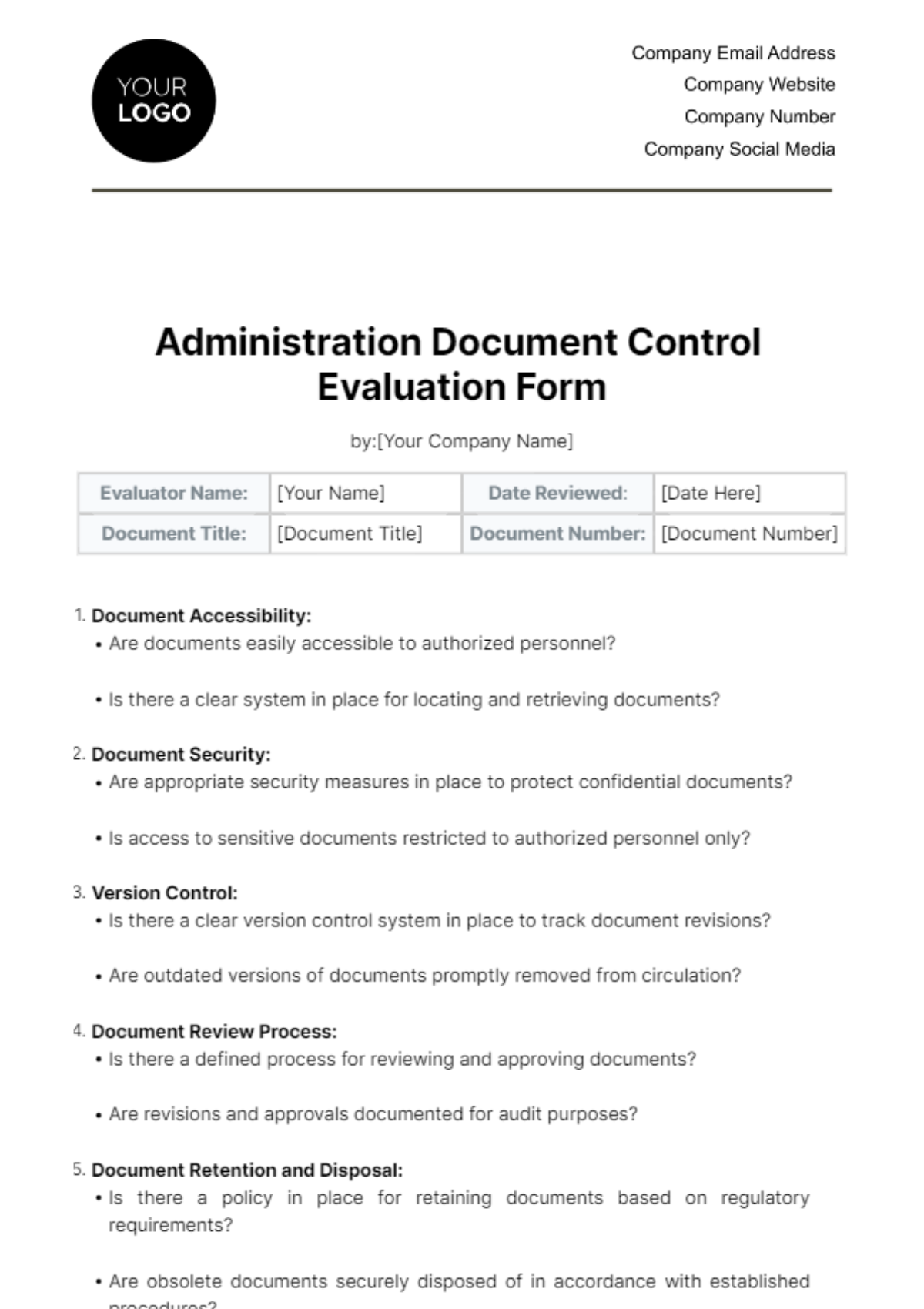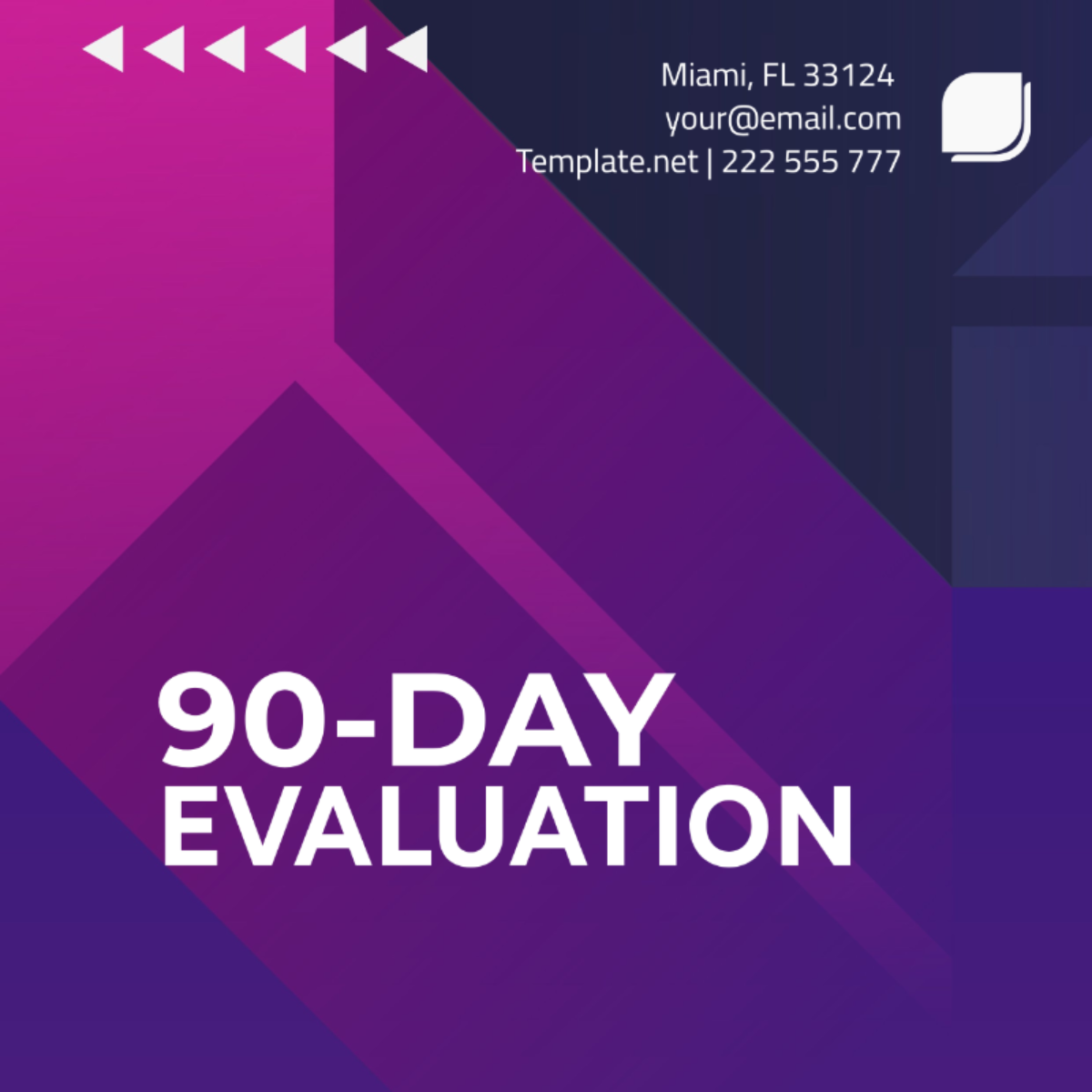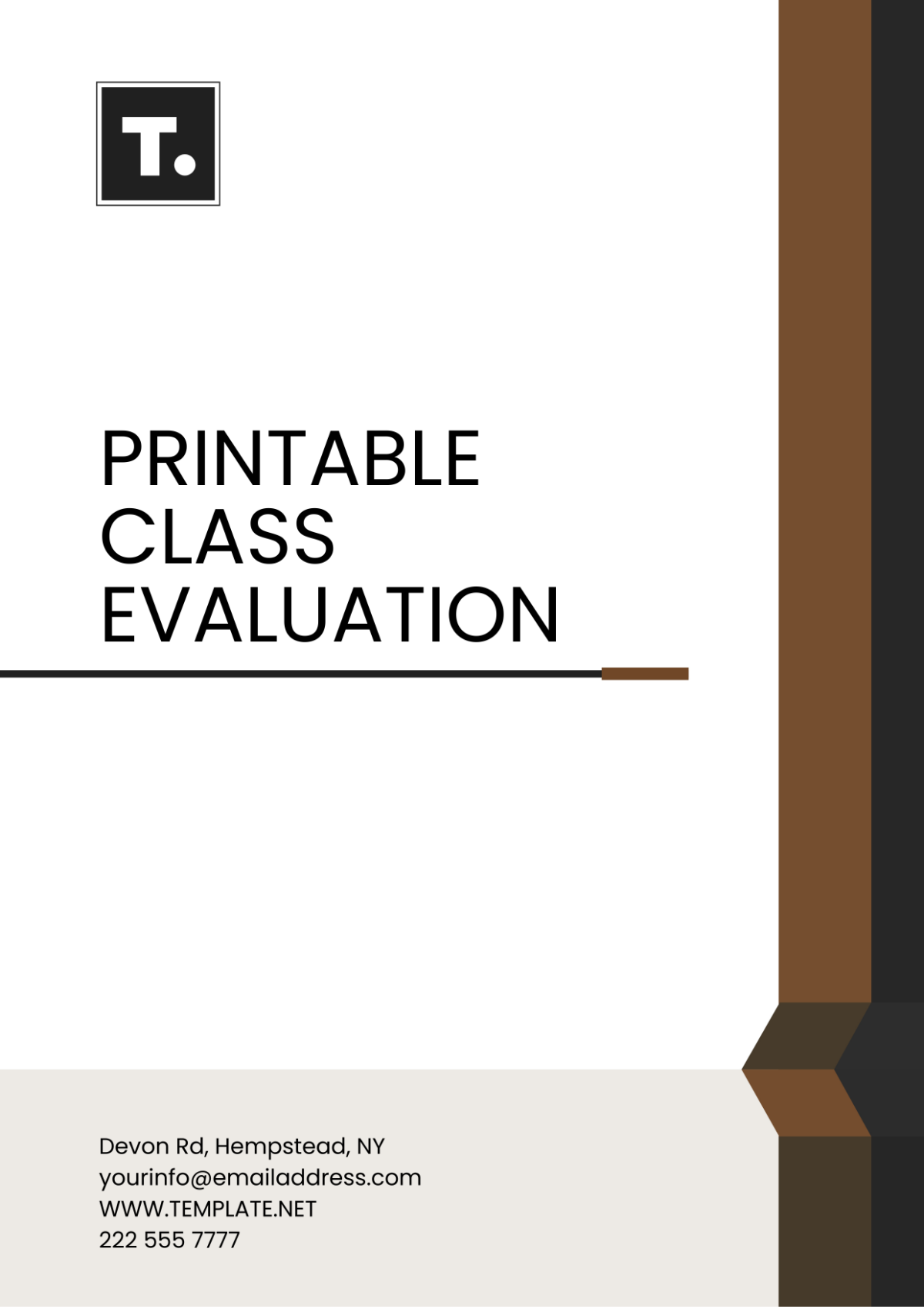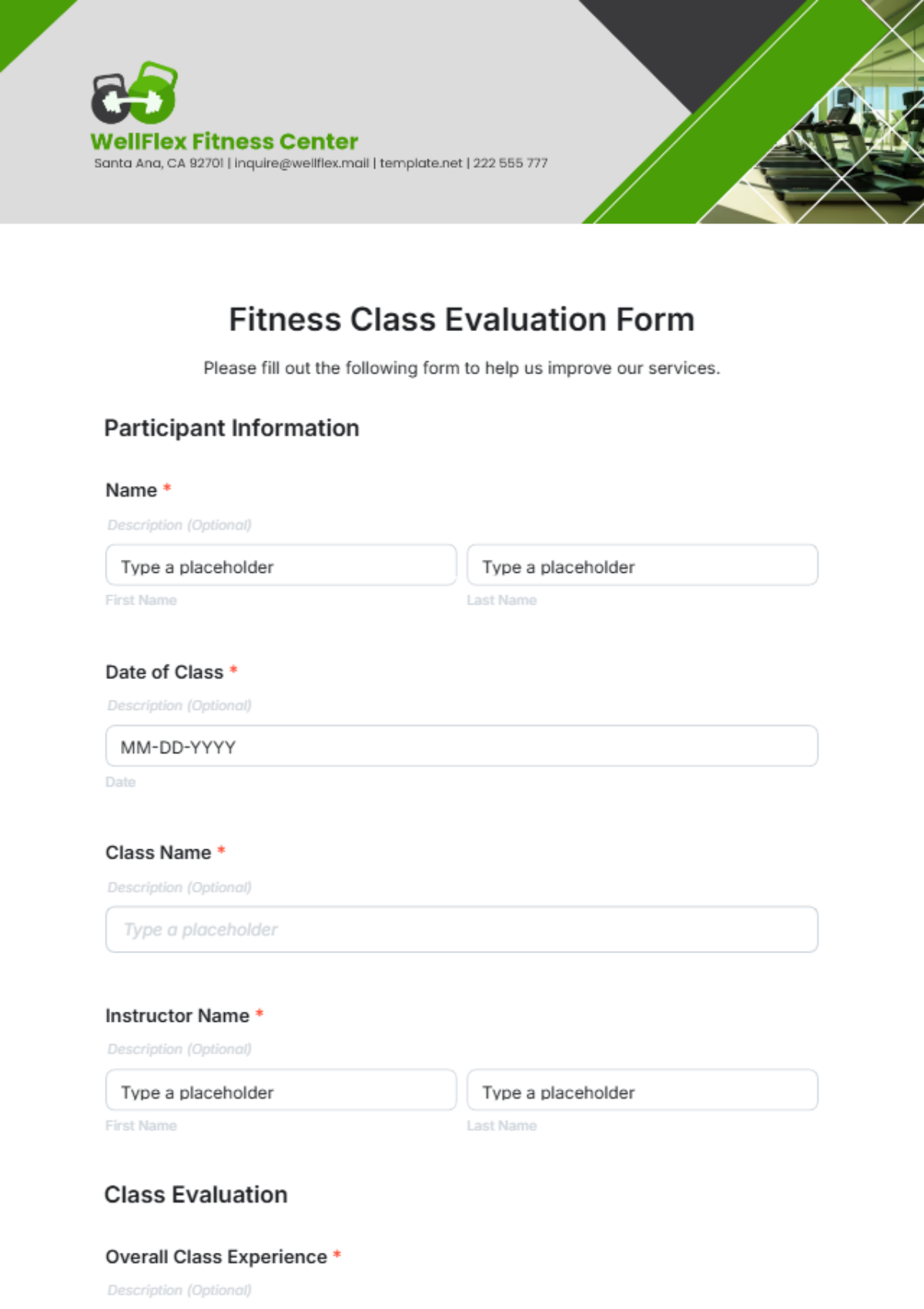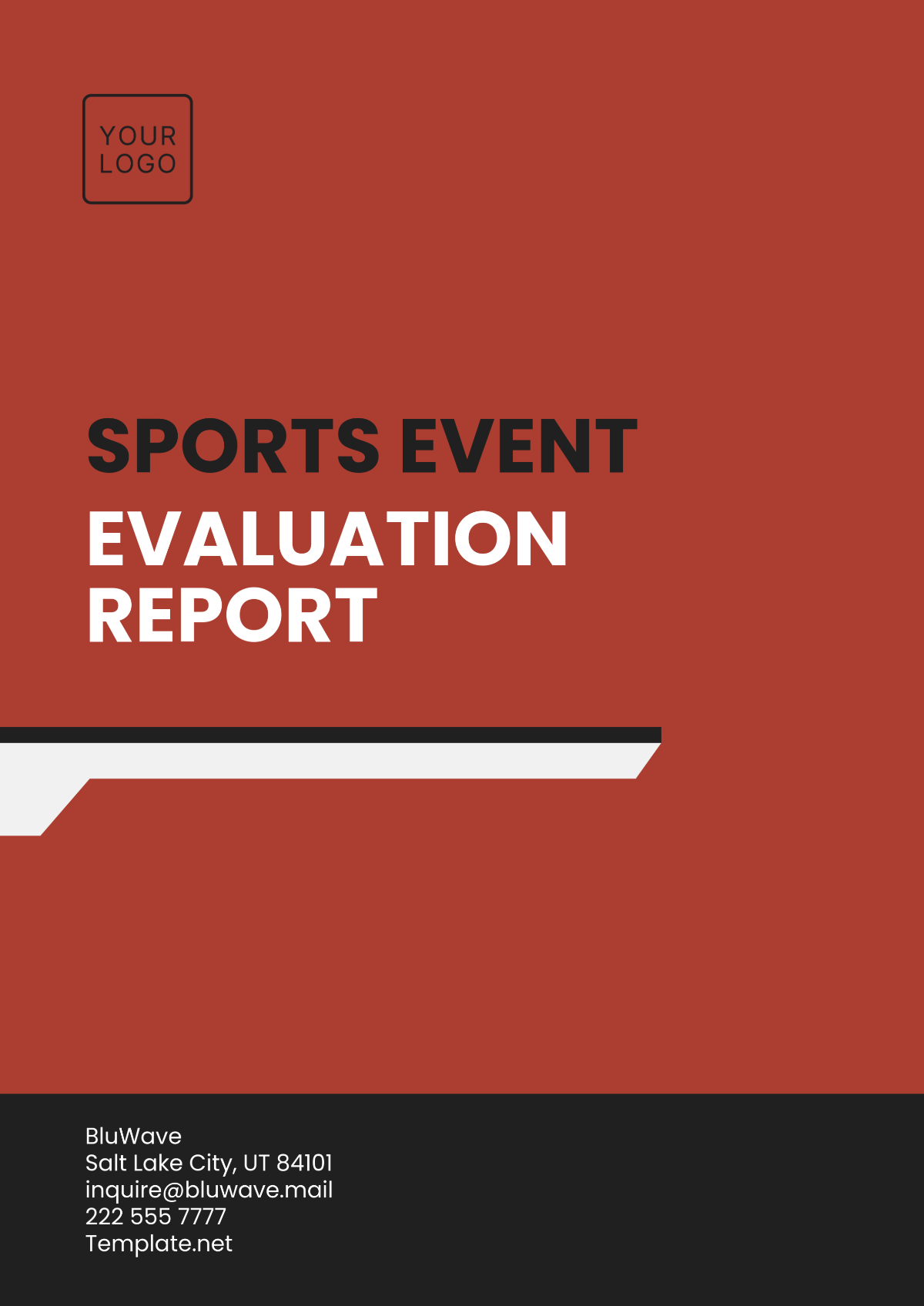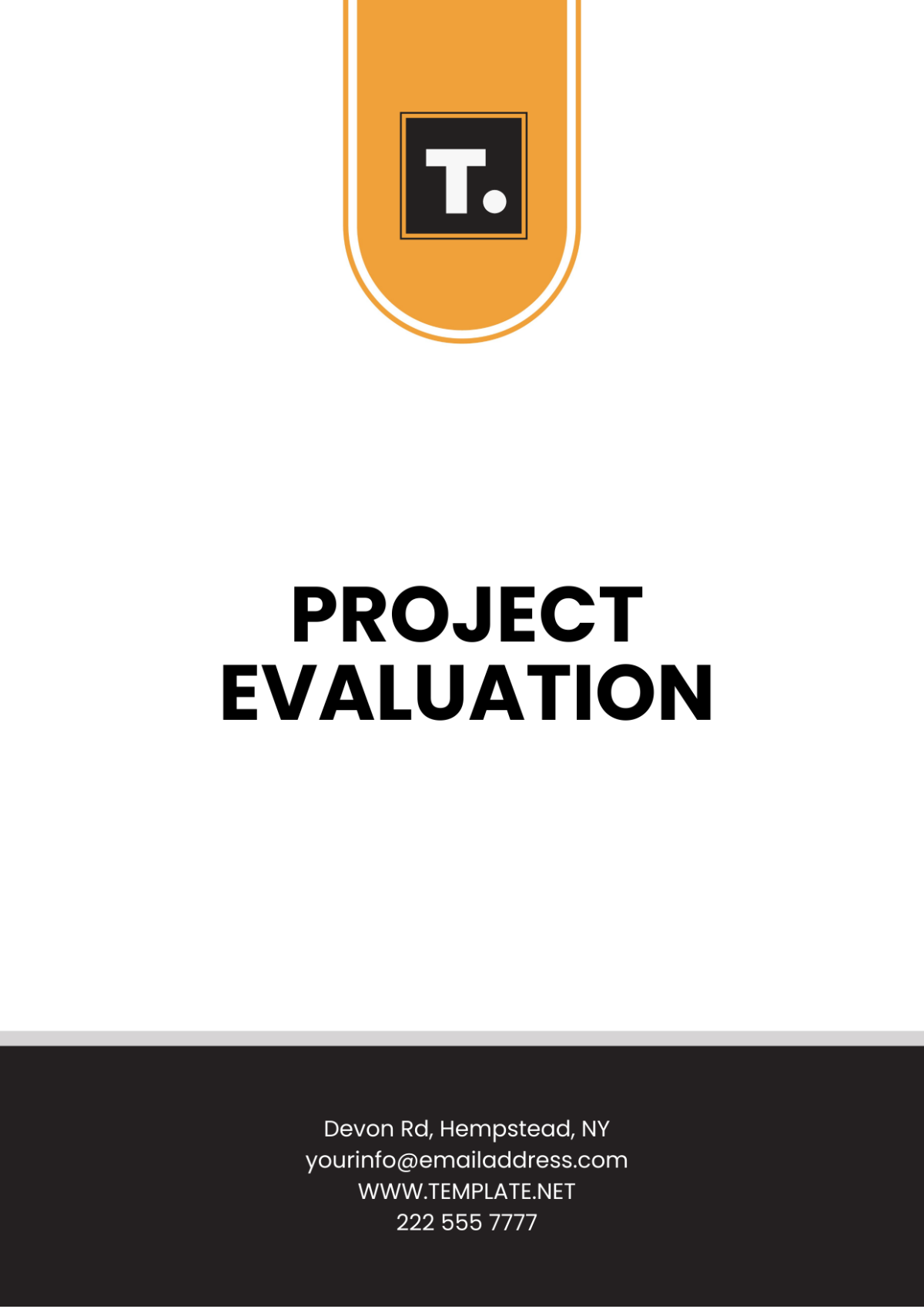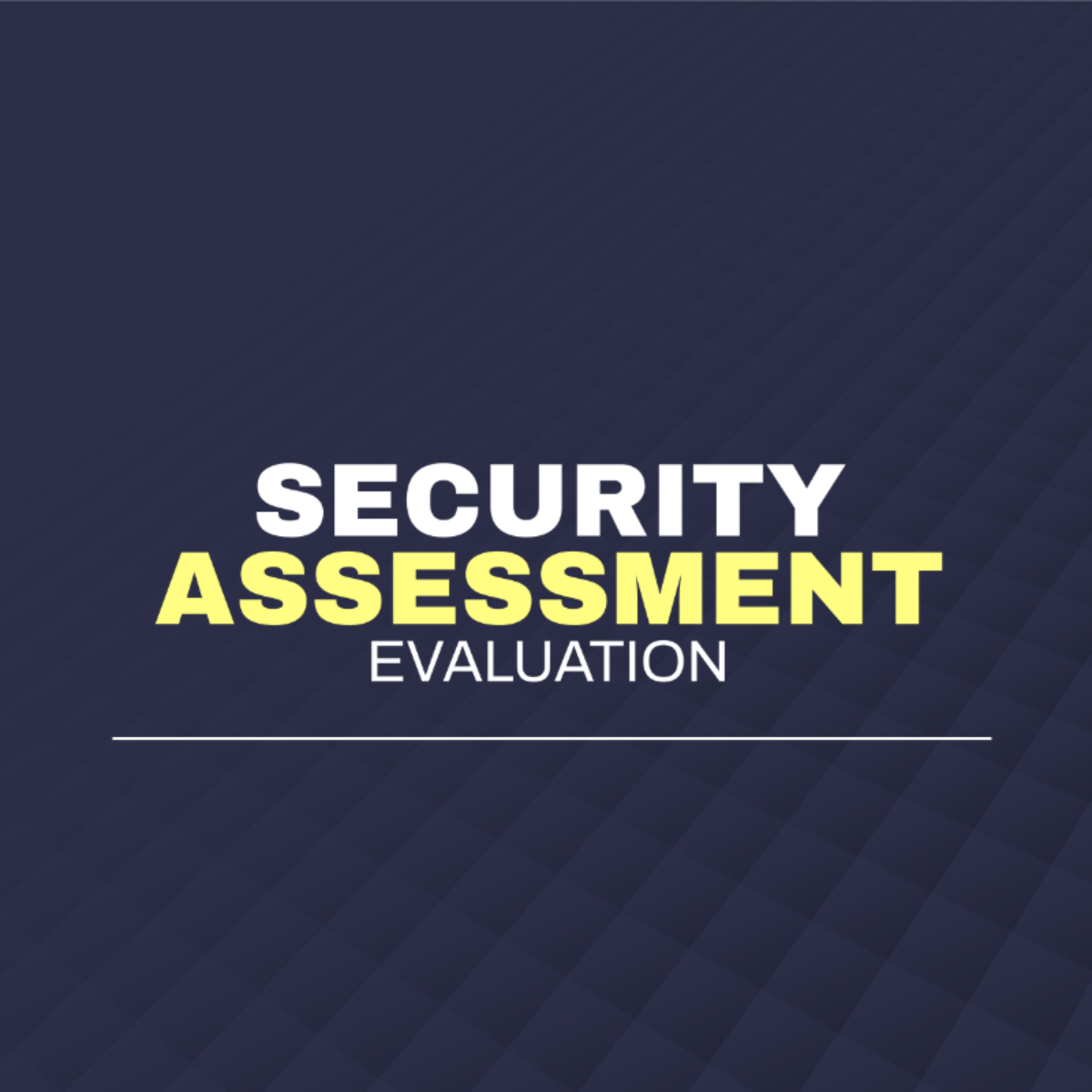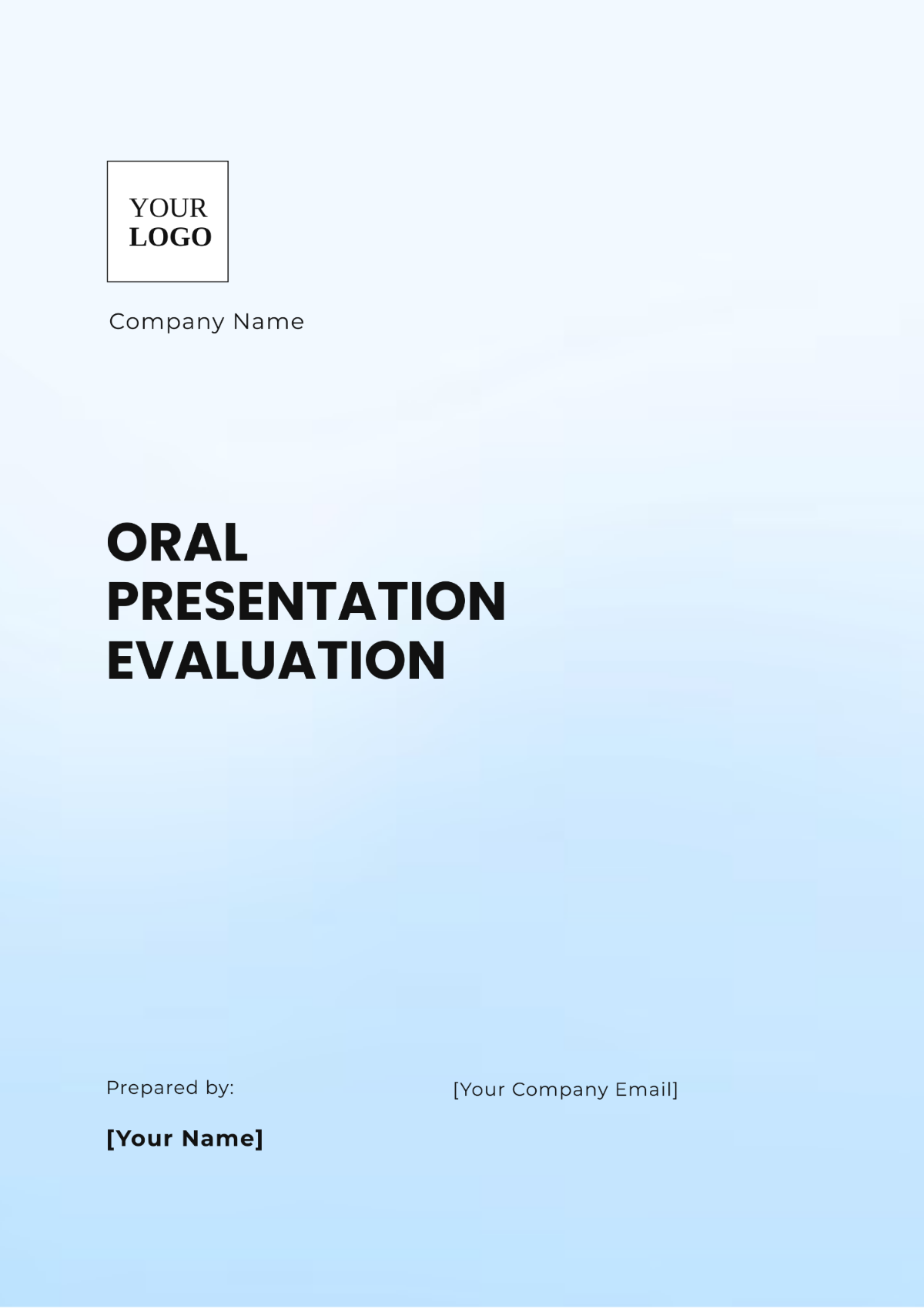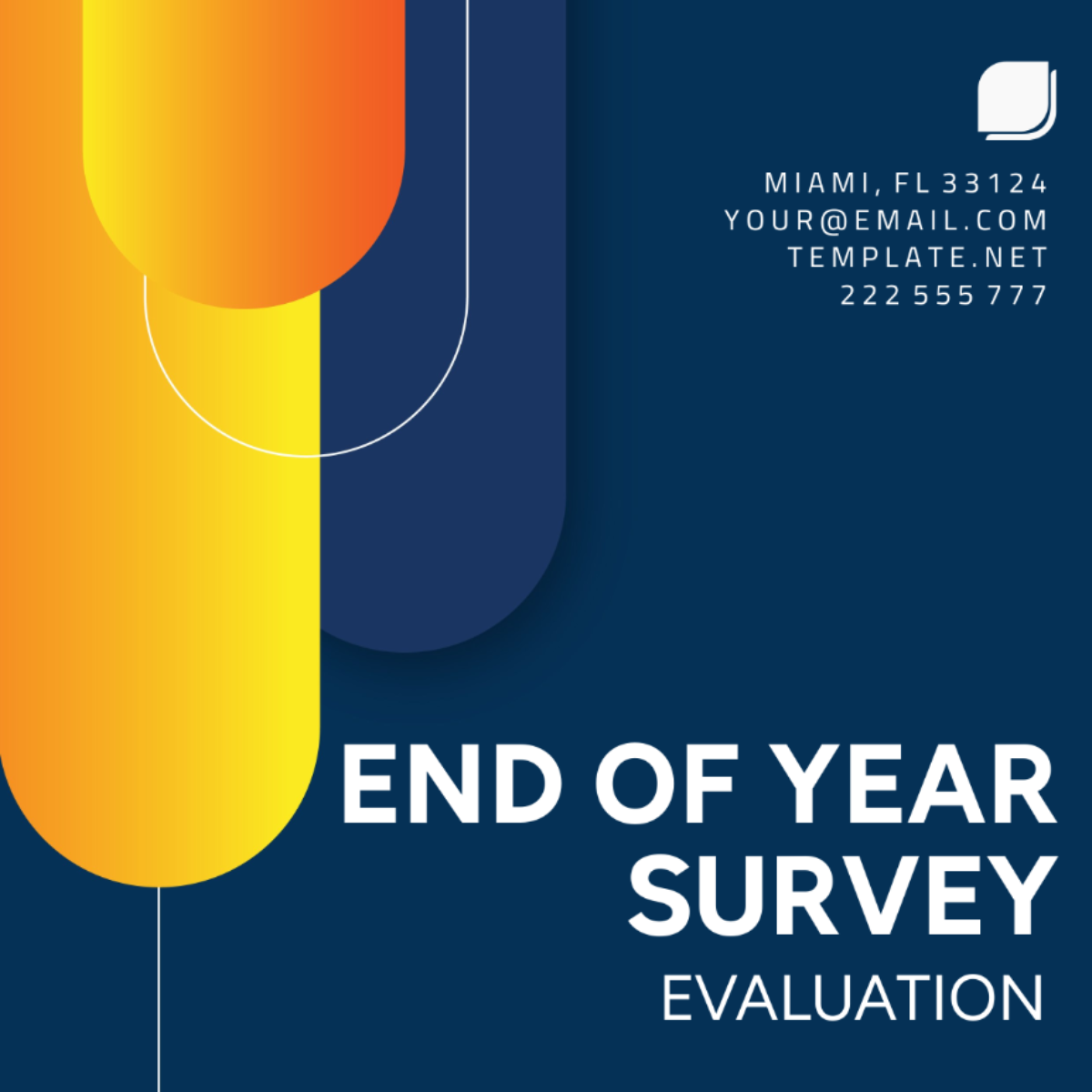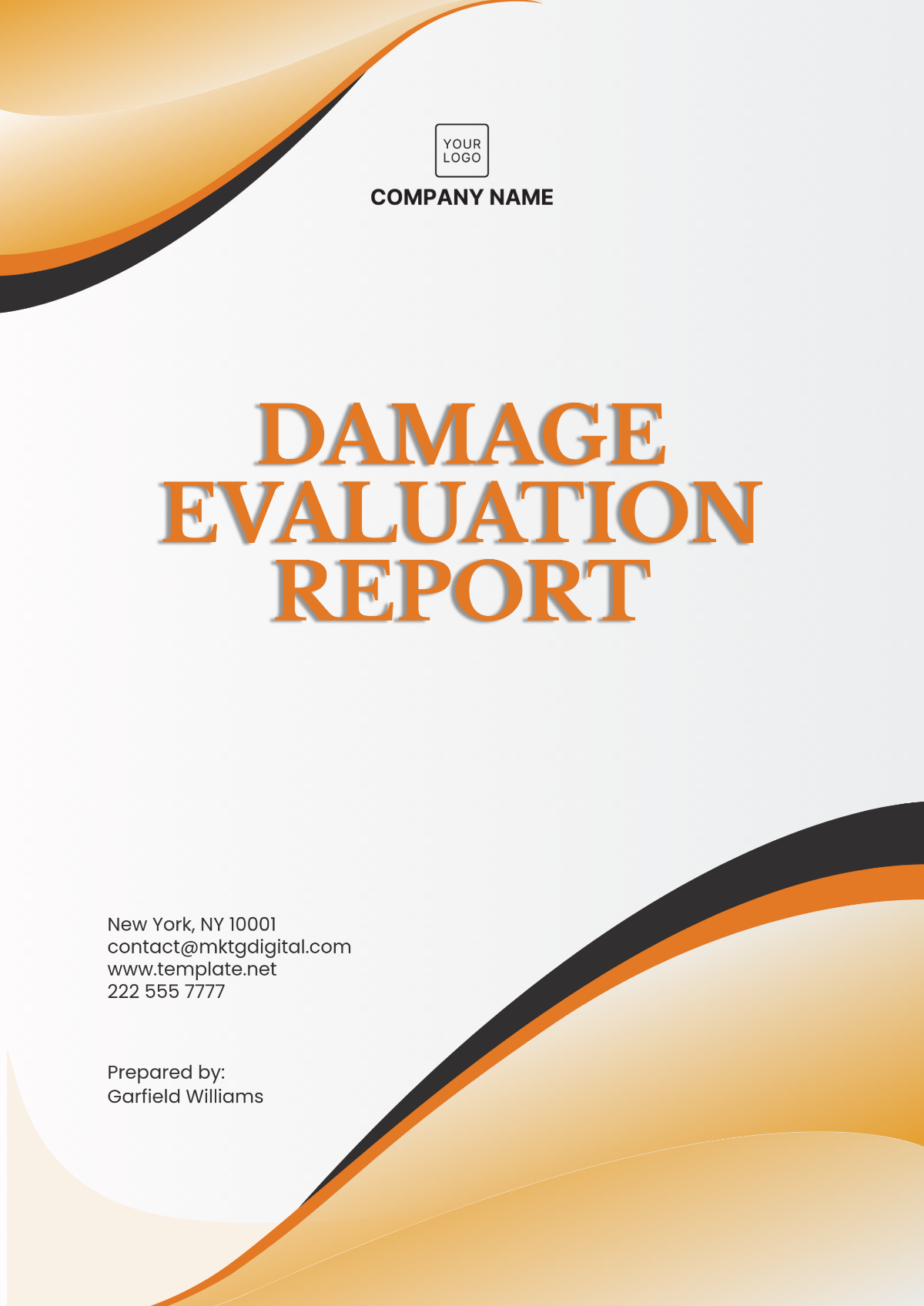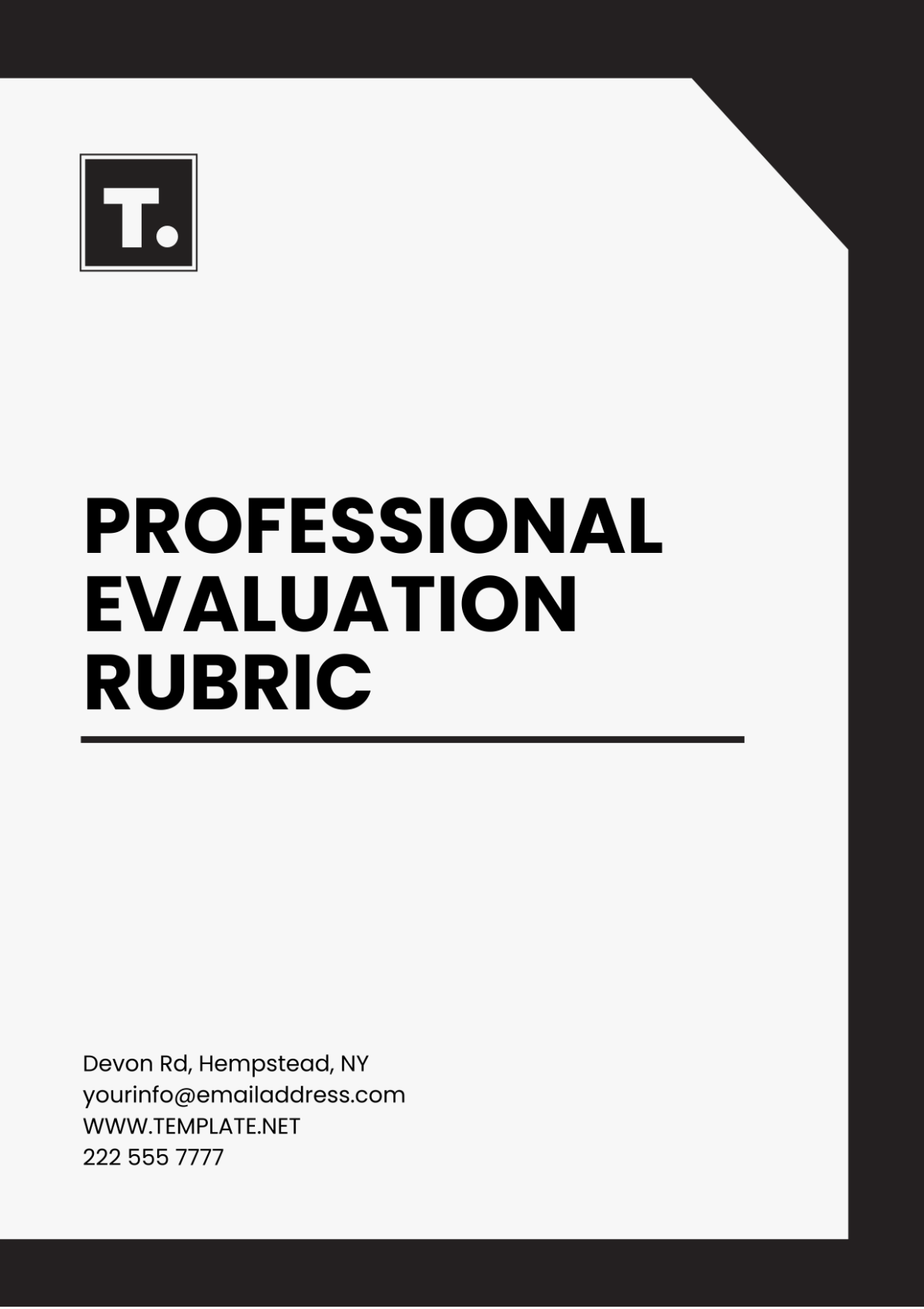Evaluation Schema Research Design
Introduction
Performance measurement is a crucial aspect of program and project management. It involves tracking and assessing the ongoing performance of a program or project to ensure that objectives are being met, resources are being used efficiently, and improvements can be identified and implemented. This research document aims to provide a comprehensive template for an evaluation schema that can be used to measure performance effectively.
Objectives of Performance Measurement
The primary objectives of performance measurement include:
Monitoring progress toward goals and objectives
Identifying areas for improvement
Ensuring efficient use of resources
Providing accountability to stakeholders
Informing decision-making processes
Research Design
1. Define the Purpose and Scope
The first step in designing a performance measurement system is to define the purpose and scope of the evaluation. This includes:
Identifying the program or project to be evaluated
Outlining the specific objectives and goals
Determining the key stakeholders and their information needs
2. Develop Key Performance Indicators (KPIs)
Next, develop a set of KPIs that will be used to measure performance. These should be specific, measurable, achievable, relevant, and time-bound (SMART). Examples of KPIs include:
Output Indicators: Number of units produced, number of services delivered
Outcome Indicators: Improvement in customer satisfaction, achievement of targeted outcomes
Efficiency Indicators: Cost per unit produced, time taken to deliver services
Impact Indicators: Long-term changes in the target population or environment
3. Data Collection Methods
Select appropriate data collection methods to gather information on the identified KPIs. Common methods include:
Surveys and questionnaires
Interviews and focus groups
Administrative data and records
Direct observations
Case studies
4. Data Analysis and Interpretation
Once data is collected, it needs to be analyzed and interpreted to assess performance. This involves:
Data cleaning and preparation
Statistical analysis to identify trends and patterns
Comparing actual performance against targets
Identifying factors influencing performance
5. Reporting and Dissemination
The findings from the performance measurement should be documented and shared with stakeholders. This involves:
Preparing comprehensive evaluation reports
Highlighting key findings and recommendations
Utilizing visual aids such as charts and graphs for clarity
Disseminating reports through appropriate channels
Performance Measurement Table
KPI | Target | Actual Performance | Data Collection Method | Frequency |
|---|---|---|---|---|
Number of services delivered | 500 per month | 450 per month | Administrative records | Monthly |
Customer satisfaction rate | 85% | 80% | Surveys | Quarterly |
Cost per unit produced | $10 | $12 | Financial records | Annually |
Conclusion
Performance measurement is an integral part of program and project management. By systematically tracking and assessing performance, organizations can ensure that they meet their objectives, use resources efficiently, and continually improve their processes. The evaluation schema outlined in this document provides a structured approach to measuring performance, from defining the purpose and scope to reporting and dissemination.
References
American Psychological Association. (2052). Publication Manual of the American Psychological Association (7th ed.).
Project Management Institute. (2054). A guide to the project management body of knowledge (PMBOK® Guide) (6th ed.).
Yin, R. K. (2056). Case Study Research and Applications: Design and Methods (6th ed.). SAGE Publications.






